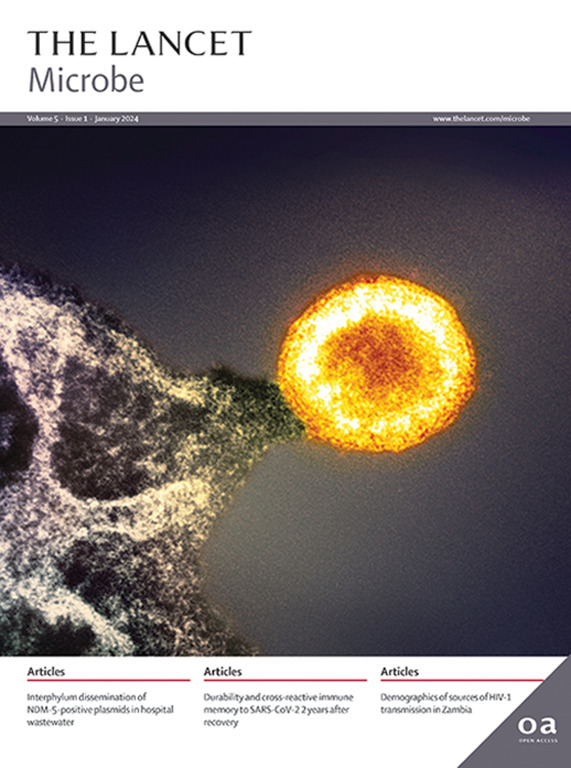利用流感大流行风险评估工具(TIPRA)确定人畜共患病甲型流感病毒的大流行风险特征。
IF 20.4
1区 生物学
Q1 INFECTIOUS DISEASES
引用次数: 0
摘要
系统的风险评估方法对于评估具有大流行潜力的甲型流感病毒的相对风险至关重要。为此,世卫组织全球流感计划开发了流感大流行风险评估工具(TIPRA)。自 2016 年发布和 2020 年更新以来,TIPRA 已在十轮评估中用于评估 11 种人畜共患病 IAV 的大流行风险。值得注意的是,A(H7N9)、A(H9N2)和 A(H5) 2.3.4.4 支系病毒因流行病学特征或病毒特性发生变化而被重新评估。在评估时,A(H7N9)病毒的相对风险最高,这凸显了持续监测和重新评估的重要性,因为动物和人类群体中流行病趋势的变化会改变风险概况。在十项风险评估中发现的知识差距应有助于指导今后研究(包括监测)资源的有效利用。TIPRA 工具反映了 "一体健康 "方法,并已证明对密切监测人类和非人类群体中的病毒动态至关重要,有助于加强对潜在 IAV 大流行的防备。本文章由计算机程序翻译,如有差异,请以英文原文为准。
Pandemic risk characterisation of zoonotic influenza A viruses using the Tool for Influenza Pandemic Risk Assessment (TIPRA)
A systematic risk assessment approach is essential for evaluating the relative risk of influenza A viruses (IAVs) with pandemic potential. To achieve this, the Tool for Influenza Pandemic Risk Assessment (TIPRA) was developed under the Global Influenza Programme of WHO. Since its release in 2016 and update in 2020, TIPRA has been used to assess the pandemic risk of 11 zoonotic IAVs across ten evaluation rounds. Notably, A(H7N9), A(H9N2), and A(H5) clade 2.3.4.4 viruses were re-evaluated owing to changes in epidemiological characteristics or virus properties. A(H7N9) viruses had the highest relative risk at the time of assessment, highlighting the importance of continuous monitoring and reassessment as changes in epidemiological trends within animal and human populations can alter risk profiles. The knowledge gaps identified throughout the ten risk assessments should help to guide the efficient use of resources for future research, including surveillance. The TIPRA tool reflects the One Health approach and has proven crucial for closely monitoring virus dynamics in both human and non-human populations to enhance preparedness for potential IAV pandemics.
求助全文
通过发布文献求助,成功后即可免费获取论文全文。
去求助
来源期刊

Lancet Microbe
Multiple-
CiteScore
27.20
自引率
0.80%
发文量
278
审稿时长
6 weeks
期刊介绍:
The Lancet Microbe is a gold open access journal committed to publishing content relevant to clinical microbiologists worldwide, with a focus on studies that advance clinical understanding, challenge the status quo, and advocate change in health policy.
 求助内容:
求助内容: 应助结果提醒方式:
应助结果提醒方式:


